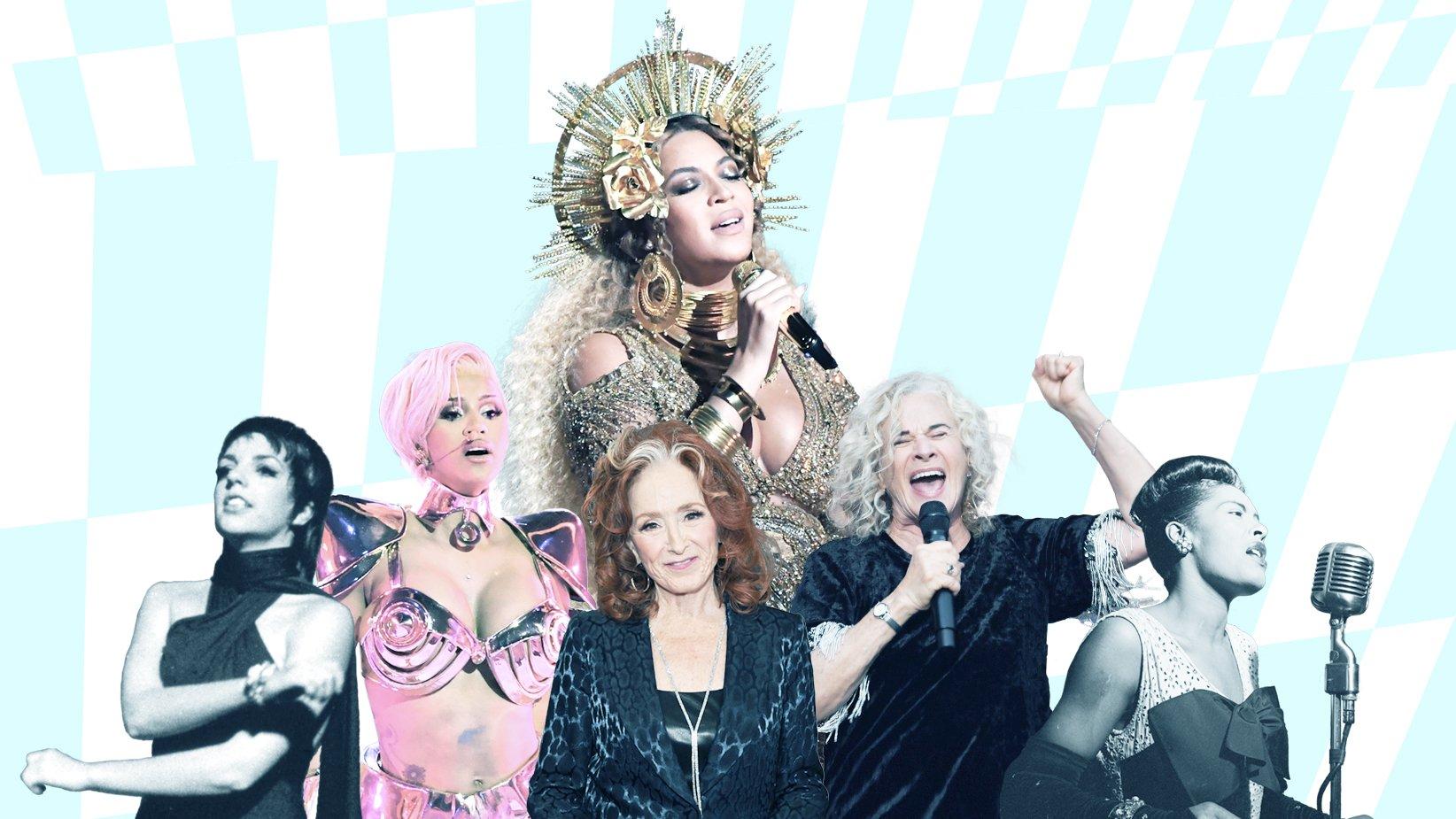The evolution of dance music has been a dynamic journey, starting with the birth of disco in the 1970s and continuing through the rise of house music, techno, and the golden age of rave culture. Artists like Donna Summer, Frankie Knuckles, and The Prodigy have played pivotal roles in shaping the genre, leading to the EDM explosion in the late 2000s. With the globalization of dance music and the influence of hip-hop, the future of electronic music is limitless. As artists like Flume and Marshmello continue to push the boundaries of sound, the mainstreaming of EDM has solidified its place in popular culture. The future of dance music holds endless possibilities for innovation and creativity, captivating audiences worldwide.
1. The Birth of Disco
In the early 1970s, disco music emerged as a popular genre in dance clubs across the United States, characterized by a four-on-the-floor beat, orchestral arrangements, and catchy melodies. Artists like Donna Summer, Gloria Gaynor, and The Bee Gees became synonymous with the disco movement, which dominated the music scene throughout the decade.
2. The Rise of House Music
In the 1980s, a new genre of dance music emerged in Chicago known as house music. DJs like Frankie Knuckles and Marshall Jefferson pioneered the sound, which was characterized by upbeat rhythms, soulful vocals, and electronic instrumentation. House music quickly spread to clubs around the world, becoming a mainstay in the dance music scene.
3. The Birth of Techno
In Detroit in the late 1980s, a group of DJs and producers began experimenting with electronic music, leading to the creation of techno. Artists like Juan Atkins, Derrick May, and Kevin Saunderson were at the forefront of the movement, which combined elements of house music with futuristic sounds and industrial influences. Techno went on to influence countless genres of electronic music in the coming decades.
4. The Golden Age of Rave
In the late 1980s and early 1990s, rave culture exploded in the UK, with massive parties featuring electronic dance music, laser light shows, and a sense of unity and inclusivity. Artists like The Prodigy, The Chemical Brothers, and Fatboy Slim became synonymous with the rave scene, which brought dance music to a wider audience and paved the way for the electronic music festivals of today.
5. The EDM Explosion
In the late 2000s and early 2010s, electronic dance music experienced a resurgence in popularity, thanks in part to the rise of social media and streaming platforms. Artists like Calvin Harris, Avicii, and David Guetta dominated the charts with their infectious tracks, bridging the gap between underground dance music and mainstream pop.
6. The Globalization of Dance Music
With the rise of the internet and digital distribution, dance music became a truly global phenomenon, with artists and fans connecting across borders and cultures. DJs and producers from countries around the world began incorporating sounds and influences from their own traditions, leading to a diverse and vibrant landscape of electronic music.
7. The Influence of Hip-Hop
In recent years, dance music has increasingly taken inspiration from hip-hop, with artists blending the two genres to create exciting new sounds. Collaborations between EDM producers and rappers have become increasingly common, blurring the lines between dance music and hip-hop and pushing the boundaries of what is possible in electronic music.
8. The Rise of Future Bass
One of the biggest trends in dance music in recent years has been the rise of future bass, a genre that combines elements of trap, hip-hop, and electronic music. Artists like Flume, San Holo, and Marshmello have pushed the boundaries of what is possible in electronic music, creating unique and forward-thinking sounds that have captivated audiences around the world.
9. The Mainstreaming of EDM
In the past decade, electronic dance music has become a dominant force in popular culture, with festivals like Coachella, Ultra Music Festival, and Tomorrowland drawing massive crowds and mainstream attention. EDM artists like Skrillex, Diplo, and Zedd have become household names, collaborating with some of the biggest stars in the music industry and bringing electronic music to new heights of popularity.
10. The Future of Dance Music
As we look to the future, one thing is certain: dance music will continue to evolve and innovate, pushing the boundaries of what is possible in music. With advances in technology, streaming platforms, and social media, the possibilities for electronic music are endless, and we can’t wait to see where the genre goes next. From disco to techno to EDM and beyond, dance music has a rich history of innovation and creativity, and we can’t wait to see where it goes next.
